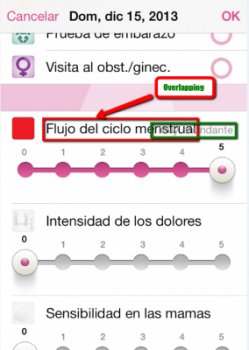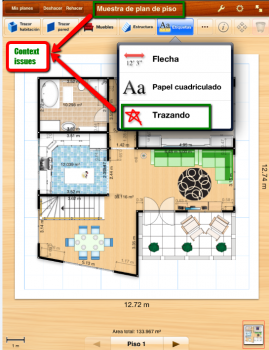We know that deciding to localize an app is a huge step into the global market, not only because of the many new users you are going to reach, but also because with every new update, new translations will come. This means that your app will be forever bound to be localized, and its success will probably depend on the quality of its localization.
Users are becoming increasingly attached to apps, and along with this, they are becoming more demanding from them. They can easily notice when an app is flawed or defective; they can even tell when translations are not quite precise. Of course! They are reading their own native language, and it suddenly reads rather… odd.
This does not mean that the translations are wrong (although sometimes, they actually are); it only means that they are not exact; they might be out of context, or they simply do not fit the user interface. You must never forget that you are working with professional human translators (we will assume that you’re not using machine translation!), and all these small imperfections can be polished and improved. Let’s illustrate this with some examples.
Example 1:
In Figure 1, the Spanish translation “Flujo del ciclo menstrual” is too long for the user interface and it overlaps the text next to it. It certainly looks disturbing and confusing.
Example 2:
In Figure 2, we see two issues. On one hand, the original English word was “Drawing,” which can be translated in Spanish as “dibujar” or“dibujando,” but in this case, the translator chose a more technical word “trazando,”because of the topic of this app. The root of the chosen word is completely correct; however, the correct form to use is “Trazado.” The translator could not have noticed and fixed this error without an appropriate quality assurance (QA) check.
On the other hand, the title of the above screenshot is translated as “Muestra de plan de piso,” which is not entirely correct according to the context. The correct translation would be “Muestra del plano.”
Example 3:
In Figure 3, we see a typo issue, very common in apps/games with more than 1000 words. Below, we can see the same typo, but this time, it has been corrected in the QA process.
What is a Quality Assurance (QA) process?
In simple words, it is a thorough proofreading of your app.
In this process, the translations are uploaded to the app and checked in context. This is the perfect opportunity to check for typos, length issues, or context-specific adjustments.
How can you make the most of this process?
First, you need to select an excellent translation service provider and make sure that it has a solid and smooth review/proofreading service.
Second, always communicate with your translators. This is an essential part of localization. Make them part of the process by sending screenshots, videos, links, and all kinds of media that you have available. This will ensure the quality of the translations and the QA process.
Even though the modifications made in a QA process may seem small and insignificant, they represent the effort, care, and professionalism that developers and translators put into their jobs.
ICanLocalize is a leading translation service provider that works with the best native professional translators and offers translations in more than 45 languages. We are experts in mobile-app localization (including iPhone and Android localization), website localization, and software localization. Find out more about our great rates and quality of work here: (http://www.icanlocalize.com). You are welcome to contact us at hello@onthegosystems.com or on Skype (icanlocalize).




